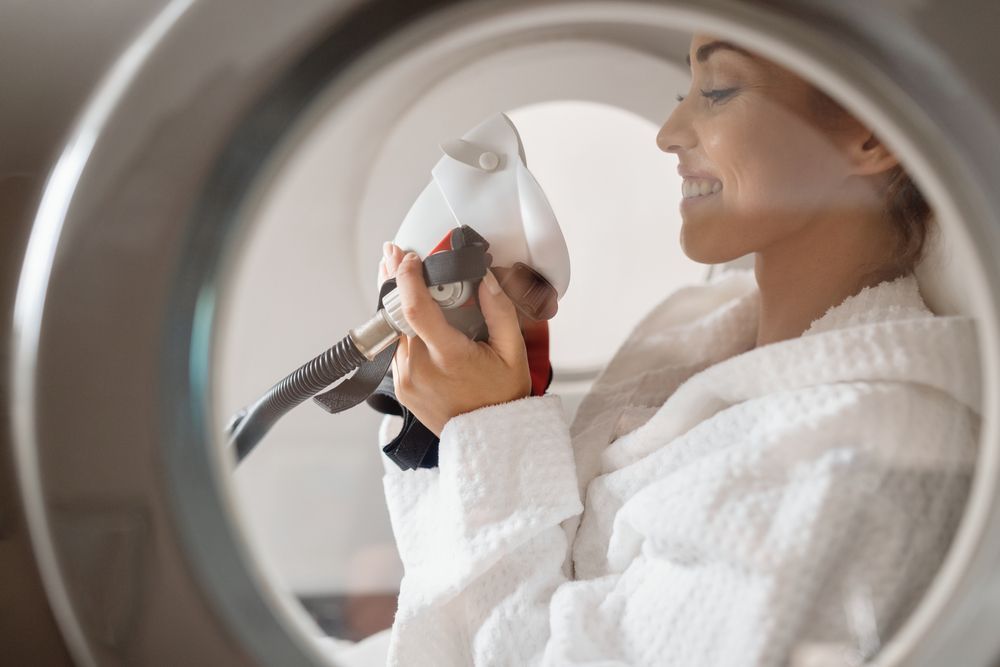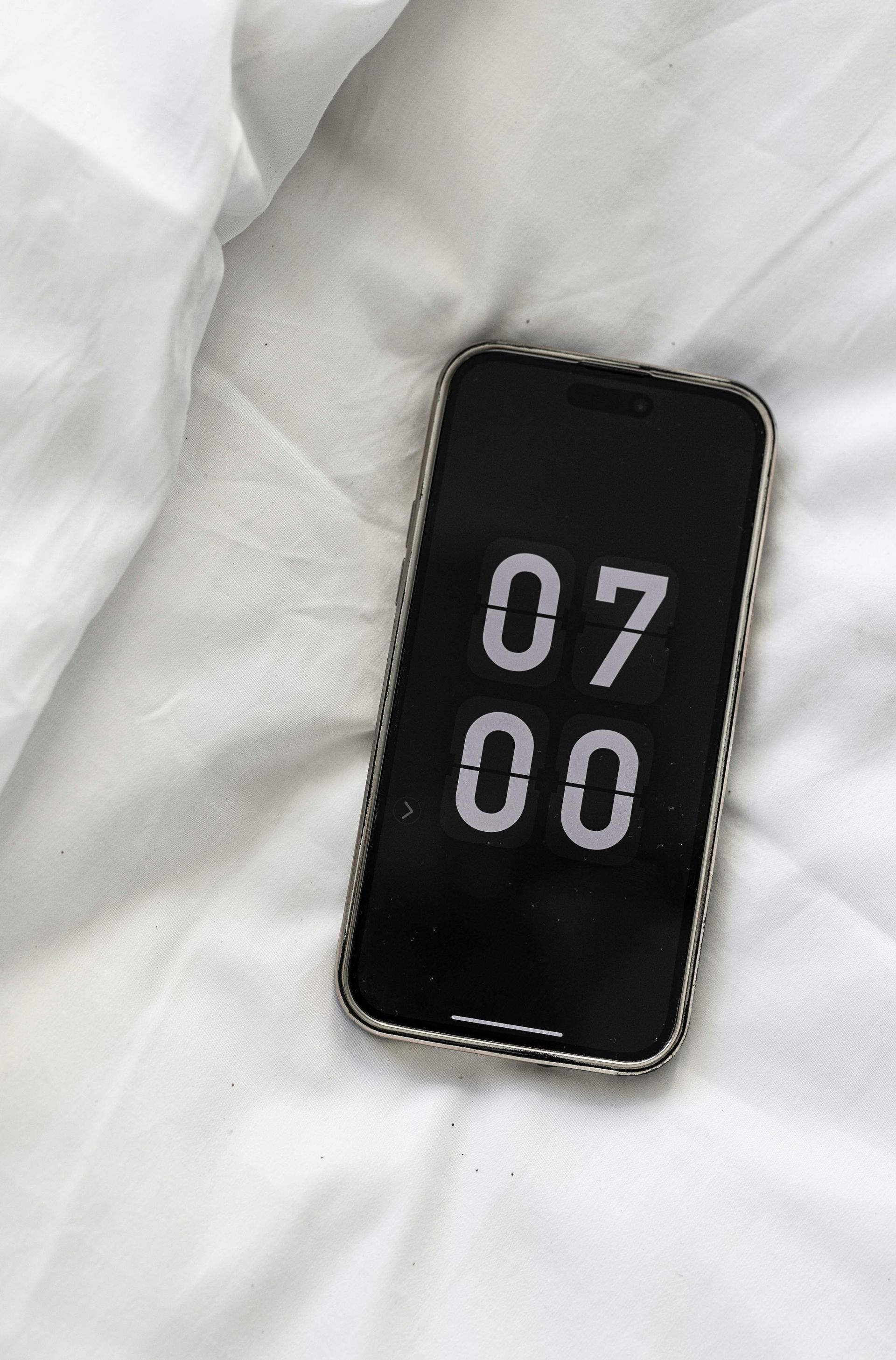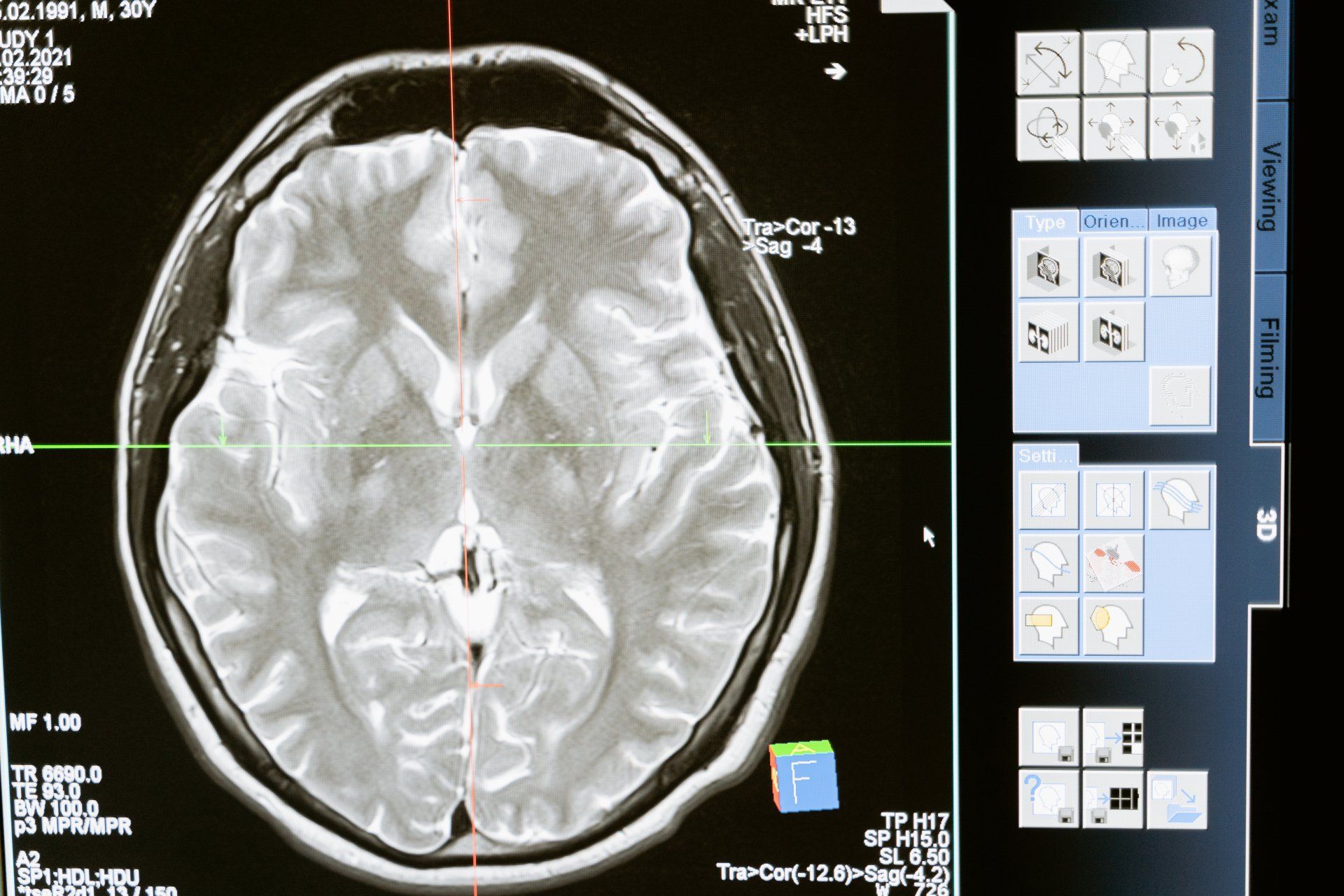Elevating Patient Care: The Intersection of Hyperbaric Oxygen Therapy (HBOT) and Neuropathy Treatment

Navigation links
Free Consultation
It's important to know that you are not alone. Get help with depression today!
TMS THERAPY SUPPORTS MENTAL WELLNESS
- Depression
- Lack of Joy
- Sadness and Despair
- Low Mood
- Lethargy
- Insomnia
- Oversleeping
- Social Isolation
- Self-Harm
- Substance Abuse
- Suicidal Ideation
- Alcoholism


Elevating Patient Care: The Intersection of Hyperbaric Oxygen Therapy (HBOT) and Neuropathy Treatment
As the owner of a leading healthcare clinic committed to providing innovative and effective treatments, I've had the privilege of collaborating with esteemed doctors and researchers to explore the transformative potential of Hyperbaric Oxygen Therapy (HBOT) in addressing neuropathy. In this article, I'll share insights gleaned from interviews with medical experts, highlighting the clinical efficacy, mechanisms, and recommended approaches to utilizing HBOT for neuropathy treatment, as well as the future implications for patient care.
Navigating Neuropathy: A Complex Challenge
Neuropathy presents a multifaceted challenge for patients seeking relief from debilitating symptoms such as pain, numbness, and dysfunction. At our clinic, we understand the profound impact that neuropathy can have on individuals' quality of life and are committed to offering comprehensive treatment options to address their unique needs.
Unpacking the Healing Potential of HBOT
HBOT, with its ability to deliver concentrated oxygen to tissues and promote healing, has emerged as a promising therapy for neuropathy. Research from Dr. Sarah Reynolds, a distinguished neurologist, and Dr. Michael Chen, a renowned wound care specialist, has shown valuable insights into the therapeutic mechanisms and clinical applications of HBOT for neuropathy.
According to Dr. Reynolds, HBOT has shown remarkable efficacy in reducing neuropathic pain and improving nerve function in select patient populations. Dr. Chen underscores the role of HBOT in facilitating wound healing and tissue repair in patients with neuropathic ulcers, emphasizing the importance of interdisciplinary collaboration in optimizing patient outcomes.
Validating HBOT Through Clinical Evidence
While HBOT is FDA-approved for specific indications such as wound healing and chemotherapy-related damage, its off-label use in neuropathy treatment is supported by emerging evidence and clinical experience. Through rigorous research and collaboration with leading researchers, we've seen firsthand the compelling data supporting the efficacy of HBOT in alleviating neuropathic symptoms and improving overall patient well-being.
Studies published in reputable medical journals, such as the Journal of Neurology and the Journal of Wound Care, have demonstrated the beneficial effects of HBOT on neuropathy-related pain, nerve function, and wound healing. These findings provide further validation of HBOT as a viable treatment option for neuropathy and underscore its potential to enhance patient care and outcomes.
Embracing a Patient-Centered Approach
At our clinic, we prioritize a patient-centered approach to care, ensuring that each individual receives personalized treatment tailored to their unique needs and medical history. With HBOT, we offer a comprehensive treatment approach that addresses the underlying mechanisms of neuropathy, promotes healing, and improves quality of life for our patients.
Looking ahead, we remain committed to advancing the field of neuropathy treatment through ongoing research, collaboration, and innovation. By harnessing the healing potential of HBOT and leveraging insights from esteemed medical experts and researchers, we aim to elevate patient care and provide hope and relief to individuals living with neuropathy.
In conclusion, HBOT represents a powerful tool in the arsenal of neuropathy treatment, offering tangible benefits and transformative results for patients in need. Through our dedication to evidence-based practice and interdisciplinary collaboration, we are proud to champion the integration of HBOT into our comprehensive approach to neuropathy care, empowering individuals to reclaim their health and well-being.

